Impact analysis is often coupled to some form of risk (negative impact) in the sense that there is a possibility of obtaining a large cost depending on the choice of decision and uncertain future situation. In addition to being a complex multivariable problem, impact analysis can also be associated with different types of uncertainty (e.g. missing, uncertain, imprecise or incorrect data, information and models). For these reasons, the complete impact analysis process is typically carried out by humans who are responsible for the executing the chosen decisions. One important type of support for the impact analysis process is the identification and ranking of activities of interest. Anomaly detection is one type of technique that can be used for this, by constructing models of what is normal from data and then identifying deviations from these. Activities of interest can however also be identified using knowledge-driven approaches where experts’ knowledge about interesting behaviors and situations is implemented using e.g. rule based systems or graphical models. Graphical models are interesting from an impact analysis perspective since we can manage complex and uncertain situations, use both data- and knowledge-driven approaches for model construction and connect the analysis process to decision making, whilst also keeping the underlying reasoning process transparent. The goal of this work package is to explore the effects of using graphical models for behavior and situation detection.
Dr. Anders Dahlbom, WP leader
Dr. Joe Steinhauer, Prof. Lars Niklasson
Adjunct Prof. George Fodor
Research Question
The following questions are addressed in this WP:
- What requirements do behavior and situation detection put on graphical models?
- Is it possible to use the same type of graphical models for detecting behaviors at an object level and at a situation level?
- Can the same type of graphical model be used for data- and knowledge driven detection and what are the benefits and drawbacks of combining these when constructing graphical models for behavior and situation detection?
Relevance to UMIF
This work package mainly focuses on the area of impact assessment and anomaly detection thus addressing one of the core areas in UMIF. It however also contributes to the area of UMM since it aims at comparing various graphical models using different problems.
Collaboration with Industry
This is a work package that mainly should interact with partner companies through other work packages. However, the research approach aims at exploring the research questions in a bottom-up fashion, guided by needs formed in application areas, the work package therefore has a close collaboration with industry on its own, mainly with Saab AB and Volvo Technology.
Collaboration with Academia
This work package mainly collaborates with work packages four and six (industry oriented). There is however some collaboration with work package one related to uncertainty management methods and traceable uncertainty, and with work package two regarding user interaction and transparency. There is also some collaboration with a NFFP5 project here at the University of Skövde (concerning problems related to transparency in threat evaluation problems).
Approach
The approach for this work package is to identify situation and behaviour detection problems in application domains and to use these for addressing the research questions that have been formulated. This includes investigating alternatives to graphical models for identifying requirements, parameters and causal relations. The use of graphical models should be investigated in close collaboration with industry, and results from these studies are then to be used as input for addressing the research questions.
WP Results & Status
This work package has one accepted publication and one recently submitted publication:
Brax, C. and Dahlbom, A. (to appear) A Study of Anomaly Detection in Data from Urban Sensor Networks, accepted for presentation at MDAI 2012.
Dahlbom, A. and Helldin, T. (submitted) Supporting Threat Evaluation through Visual Analytics, submitted to CogSIMA 2013.
Two publications are planned for next year.
Related Work
Related work includes anomaly detection, the use of graphical models and concepts, techniques and theories related to situation and behaviour detection.
